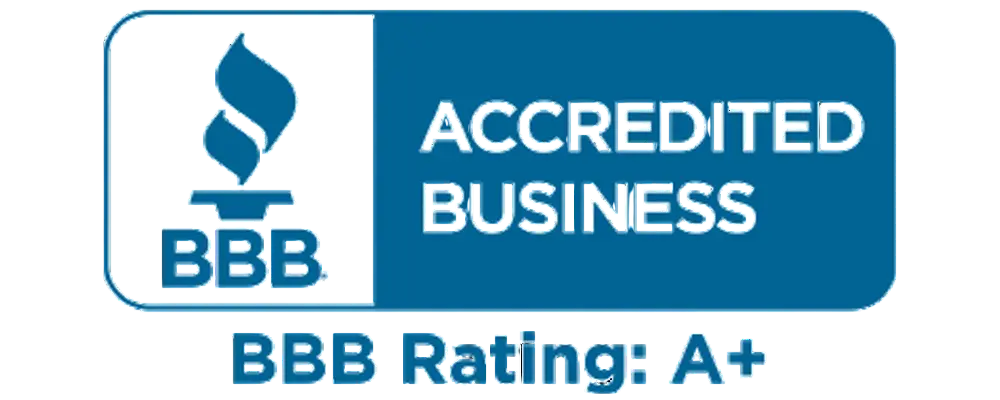Download free PDF
Aliphatic Hydrocarbon Solvents & Thinners Market Size - Share and Industry Analysis Report, Regional Outlook, Application Development Potential, Competitive Market Share & Forecast, 2025 - 2034
Report ID: GMI2049
Download Free PDF
Authors: Kiran Pulidindi,




Aliphatic Hydrocarbon Solvents & Thinners Market
Get a free sample of this report
Get a free sample of this report Aliphatic Hydrocarbon Solvents & Thinners Market
Is your requirement urgent? Please give us your business email
for a speedy delivery!





Aliphatic Hydrocarbon Solvents & Thinners Market Size
The global aliphatic hydrocarbon solvents & thinners market is expected to reflect robust growth between 2025 and 2034. The market is expected to undergo significant expansion with the resurgence in manufacturing, high growth in the construction and automotive sectors, and an increasing trend toward low-aromatic and environmentally friendly solvents.
Global production of automobiles is recovering, and the coatings and paint sector is experiencing strong growth in formulation technologies, leading to steady demand for aliphatic hydrocarbon solvents and thinners. These solvents are used primarily in industrial formulations, owing to their low reactivity, rapid evaporation rates, and ability to be miscible with and dissolve greases, oils, and waxes.
The rapid increase in urbanization, especially in developing markets in Asia and Latin America, is increasing demand for construction chemicals, adhesives, coatings, and sealants, all of which utilize high-purity hydrocarbon solvents. In the United States, building spending continued to trend upward, recording a year-over-year growth rate of 13.9% as of December 2023, according to the U.S. Census Bureau. Moreover, infrastructure legislation in Europe and the U.S. will also serve to further increase paint and coating consumption, thereby contributing to aliphatic solvents demand.
Nevertheless, the market is confronted with some restraints, like regulatory pressure on VOC (volatile organic compound) emissions and occupational exposure limits. Increasing consumer awareness and environmental monitoring are stimulating a progressive shift towards bio-based and waterborne alternatives. Additionally, changes in crude oil prices and raw material costs also persist to challenge manufacturers.
Despite such challenges, the aliphatic hydrocarbon solvents & thinners market is expected to experience steady growth as manufacturers look towards new, compliant formulations and differential regional development.
Aliphatic Hydrocarbon Solvents & Thinners Market Trends
The market is currently facing a change with micro and macro trends changing the way in which solvents and thinners are made, used, and regulated.
One of the most significant trends changing the aliphatic hydrocarbon solvents is the rise in demand for low-VOC and environmentally friendly solvents. Increased environmental regulations enforced by the United States Environmental Protection Agency (EPA) and European REACH/ registration process facilitate the transition toward green chemistry approaches by companies. Green chemistry reduces environmental impact by delivering bio-based solvents that exhibit similar solvency strength but significantly reduced environmental impact.
Moreover, the sectors are looking toward sustainability and circular economy thinking. Manufacturers are considering closed-loop processes for the recovery and reuse of solvents, which reduce waste and maximize raw material use. The emphasis on low-odor, fast-drying, and high-purity solvent formulations is also becoming more prevalent, especially in the aerospace, automotive refinishing, and marine sectors where performance and compliance are paramount.
The other important trend is industrial cleaning process automation. Due to the increasing robotization of production lines, there is a growing requirement for solvents that are non-corrosive, fast-drying, and have low residue. This favors the use of aliphatic hydrocarbon solvents, which are less aggressive but efficient to use in surface preparation and degreasing.
Furthermore, there is more dependence on computer chemical management systems by end-users and formulators. This comprises software tools to track solvent use, VOC emissions, and worker exposure, enabling regulatory reporting and reducing workplace hazards.
Aliphatic Hydrocarbon Solvents & Thinners Market Analysis
Among product types, Varnish Makers & Painters Naphtha (VM&P Naphtha) remains in high demand and is expected to see healthy growth through 2034. This is due primarily to its universal application in thinning oil-based paints, equipment cleaning, and breaking down adhesives. The recent resurgence of do-it-yourself (DIY) home remodeling trends and increasing demand for furniture restyling are contributing factors to VM&P Naphtha's ongoing use.
This type of solvent is also widely applied in the protective coatings market because of its compromise between drying rate and solvency strength. With the developing wood finishing and coating techniques, particularly in high-end furniture and ornaments, VM&P Naphtha remains an essential application for obtaining smooth finishes and cleaning efficiency.
In addition, industrial consumers increasingly demand low-aromatic hydrocarbon thinners as they have a better safety profile. They find their applications in many operations that call for high flash points and regulated evaporation rates, including the production of ink, metal degreasing, and maintenance.
The coatings and paints sector enjoys the highest market share and is likely to maintain dominance during the forecast period. Demand has been driven primarily by the requirement for stable solvents for high-performance coatings for building, automotive, and industrial equipment. Such solvents are highly prized for their applications in film formation, viscosity modification, and substrate wetting.
In the automotive sector, aliphatic hydrocarbon thinner and solvents are utilized in paint booths, degreasing of components, and detailing aids. With the increasing popularity of electric vehicles (EVs) and hybrids, surface finishing requirements have changed, calling for low-reactivity solvents to maintain coating integrity on newer materials like carbon fiber composites and light alloy.
The degreasing and cleaning segment will also expand based on higher demand for contamination control in the aerospace and electronics industries. Aliphatic hydrocarbon solvents are preferred due to non-conductive properties and reduced aggression compared to aromatic alternatives, and are thus suited for precision cleaning.
The increase in maintenance, repair, and operations (MRO) activities in manufacturing centers globally also underlines this application segment. The necessity to protect machinery, pipelines, and HVAC systems from corrosion without damaging delicate components is driving the usage of solvents in this area.
The Asia Pacific market is anticipated to dominate the world aliphatic hydrocarbon solvents & thinners market in the period from 2025 to 2034. Industrialization, urbanization, and the expansion of the middle-class population are the major demand drivers. Construction activities in nations such as India and China, consumer electronics manufacturing, and car production are rapidly increasing, resulting in a ripple effect on solvent usage.
In China alone, automobile manufacturing will see more than 31 million units in 2024, says the China Association of Automobile Manufacturers. This, combined with the Chinese government's drive for greener construction and infrastructure development as part of its "New Urbanization Plan," will see demand for aliphatic solvents in paints, adhesives, and surface cleaning sustained.
Aliphatic Hydrocarbon Solvents & Thinners Market Share
Key players in the market are:
The Market for aliphatic hydrocarbon solvents & thinners is moderately consolidated, and major players are following strategies like mergers & acquisitions, joint ventures, product innovation, and geographical expansion to consolidate their market position.
Major companies are also partnering with chemical research centers and universities to create next-gen low-emission solvents. Digitalization, in the form of AI-driven formulation platforms and predictive analytics, is being harnessed to streamline supply chains and enhance regulatory compliance.
Companies are concentrating on sustainability, cost effectiveness, and strategic alliances to drive competitive positioning.